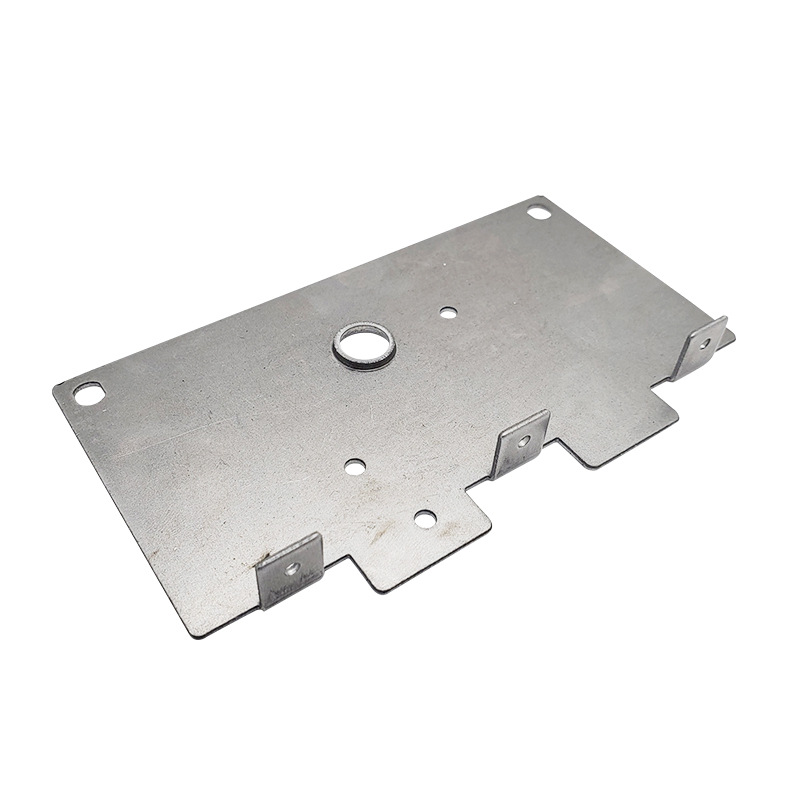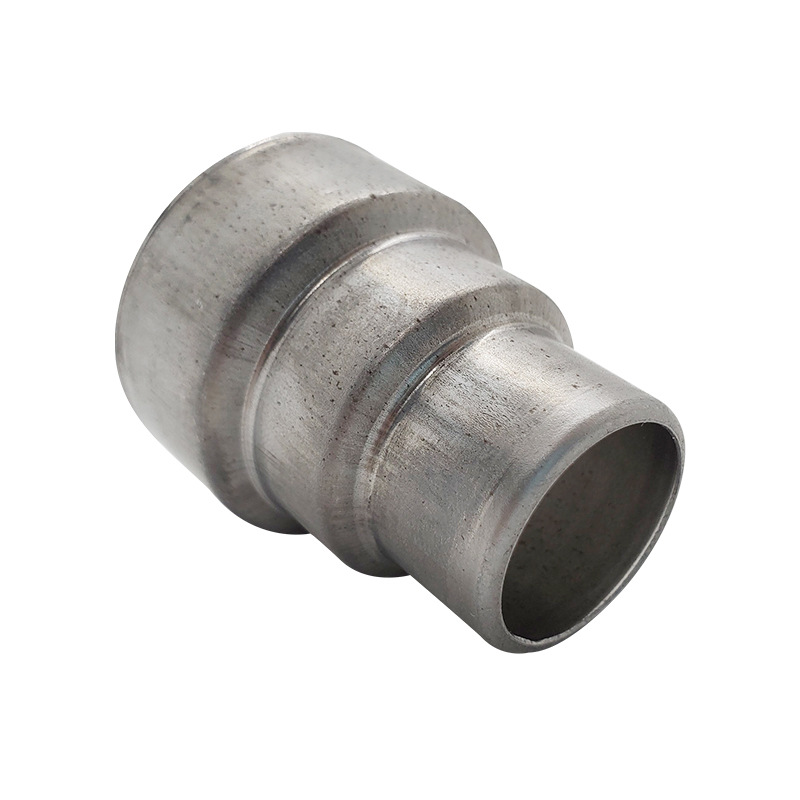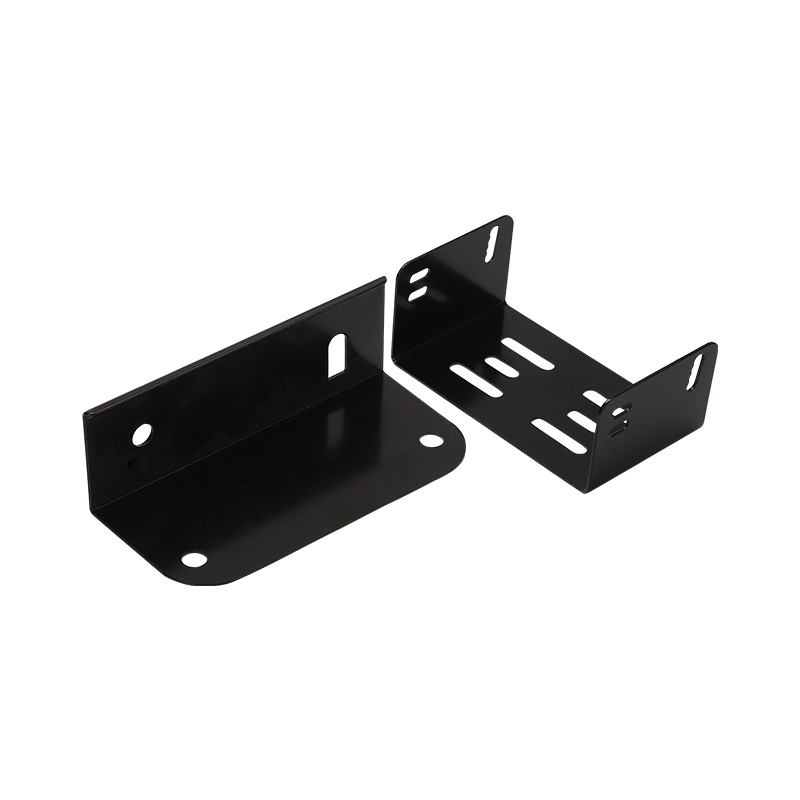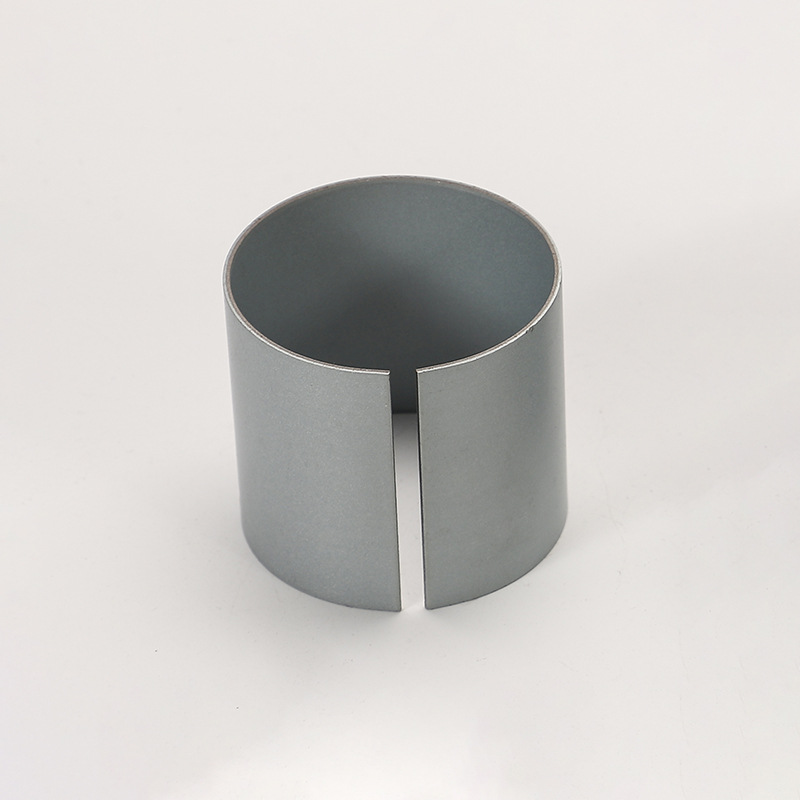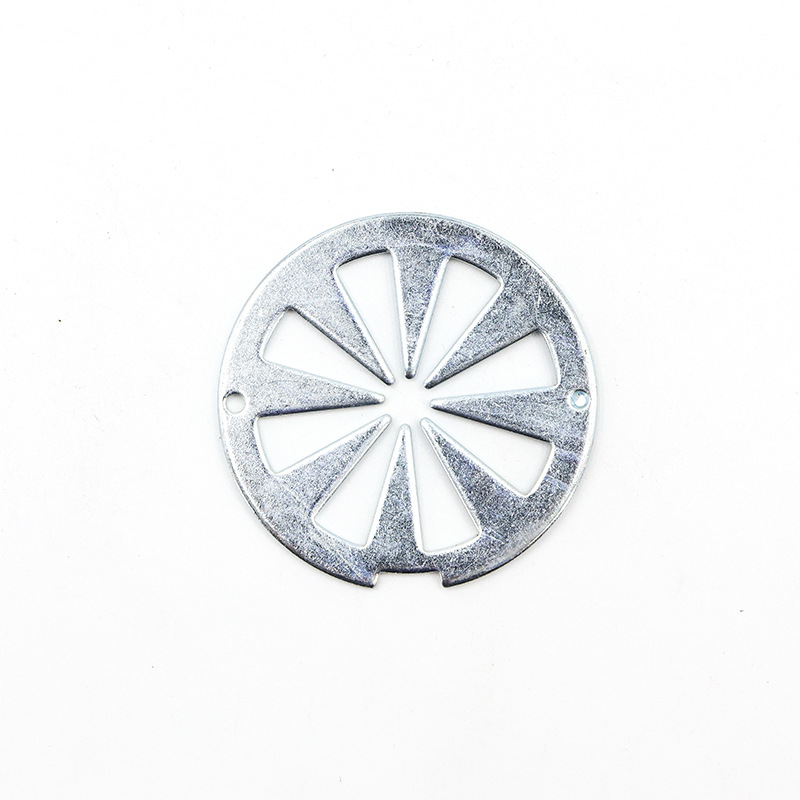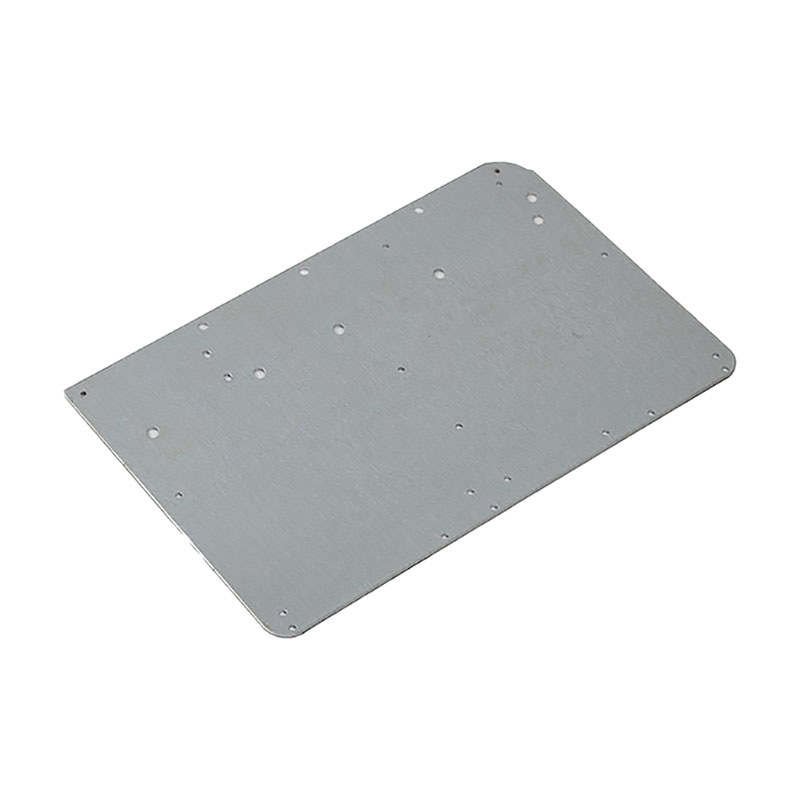Several modern conveniences we enjoy every day come from vacuum forming. Life-saving medical devices, food packaging, and cars would all look very different without this versatile manufacturing process.
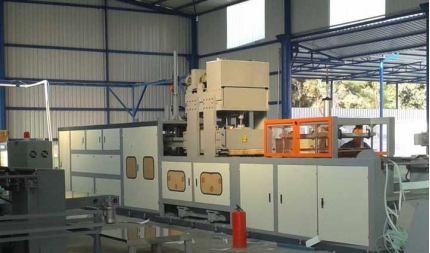
What is vacuum forming
Vacuum forming is a manufacturing process used to shape plastic materials. During vacuum forming, plastic sheets are heated and held together around a single mold using suction. This process is commonly used to produce packaging, pallets, and other plastic products.
The specific steps of the vacuum forming process are
Clamping: The plastic sheet is placed in an open frame and clamped in place.
Heating: A heat source is used to soften the plastic sheet until the proper molding temperature is reached and the plastic becomes pliable.
Vacuuming: The frame holding the heated, pliable plastic sheet is placed over the mold and held in place using a vacuum on the other side of the mold. The female (or concave) mold needs to have microscopic holes drilled into the gap so that the vacuum can effectively pull the thermoplastic sheet into the proper shape.
Cooling: Once the plastic is formed around/inside the mold, it is cooled. For larger parts, fans and/or cold air humidifiers are sometimes used to speed up this step in the production cycle.
Demolding: Once the plastic has cooled, it can be removed from the mold and frame.
Finishing: The finished part will need excess material cut away and the edges will need to be trimmed, sanded, or polished
The heating and vacuuming process usually only takes a few minutes, so the vacuum forming process is relatively fast. However, depending on the size and complexity of the part being manufactured, cooling, trimming, and making the mold can take longer.
Advantages of vacuum thermoforming
High efficiency: The process is relatively fast and can be highly automated, making it cost-effective in large-scale production.
Versatility: It can be used to manufacture products of various complex shapes and sizes for a wide range of applications.
Material savings: The process minimizes material waste as the plastic sheet can be used in its entirety, reducing costs and environmental impact.
Surface quality: The finished product usually has a smooth surface without any scaling or discoloration, and no post-process cleaning is required.
Application of vacuum thermoforming
Packaging: Widely used in the food and packaging industries to make clamshell containers, trays and other packaging materials.
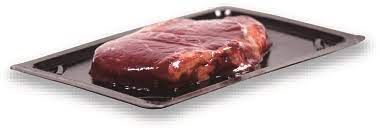
Automotive: In the automotive industry, vacuum thermoforming is used to manufacture interior parts such as dashboards, door panels and trim components.
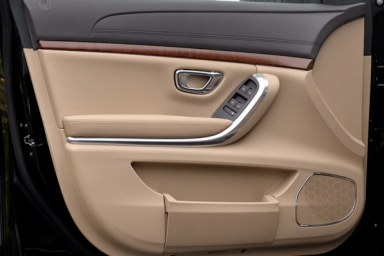
Medical: The medical field utilizes this process to manufacture medical devices, housings, and components that require precise shaping and smooth surfaces.
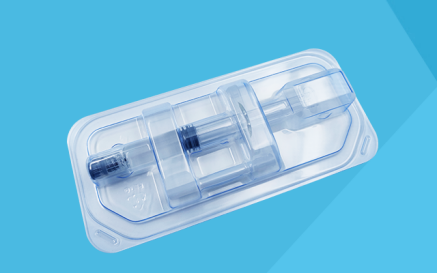
Consumer products: Various consumer products, such as toys, electronic housings and household items, are also produced using vacuum thermoforming.
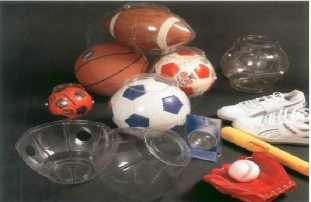
Enhance your manufacturing process with Xuanmin's precision vacuum thermoforming expertise.
Learn how our advanced technology, customized materials and superior tooling can transform your products.
Contact us today to learn about our customized solutions to take your production to new heights.
